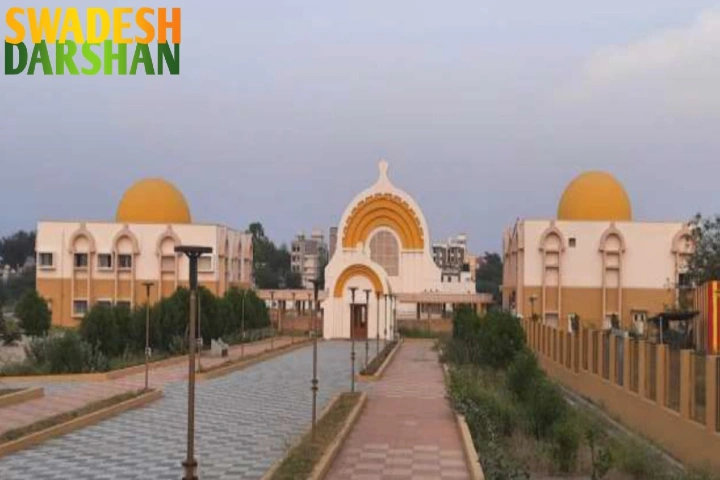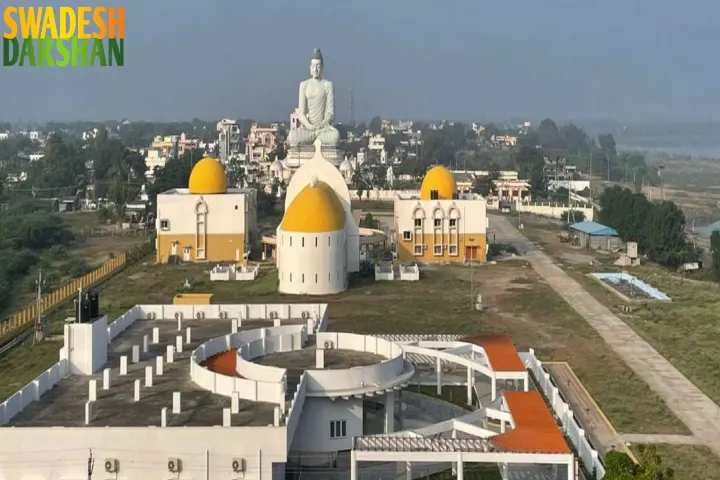With the objective of boosting tourism in the Buddhist circuit of Andhra Pradesh, the State Government has developed the Dhyana Buddha Vanam in Amravati which was inaugurated by the Union Minister for Tourism, G. Kishan Reddy in February.
‘Dhyana Buddha Vanam’ Amaravati, Andhra Pradesh
Inaugurated various tourism facilities including Tourist Facilitation Centre, Meditation Hall, Open Air Theatre, Restaurant, interpretation centre, landscaped garden, etc pic.twitter.com/gOCvDzCPhH— G Kishan Reddy (@kishanreddybjp) February 14, 2023
Now this tourist attraction will be thrown open to people soon. This centre boasts an array of facilities to make the visit of local and international tourists comfortable and enjoyable. The Dhyana Buddha Vanam has an amenities centre, a tourist facilitation centre, an open-air theatre, a meditation hall, an interpretation centre, a restaurant, landscape garden, and a library. To make their experience immersive, a laser show will also be held that narrates the story, history and teachings of Lord Buddha.
The authorities are working out the details of the operational maintenance of the tourist attraction which is expected to be completed soon.
The Vanam has been built under the Swadesh Darshan Scheme with a view to attract and engage international tourists who visit Buddhist sites in India. The State Government and the Tourism Department has already identified five Buddhist sites spread across Andhra Pradesh. These include Thotlakonda in Anakapalle,, Salihundam in Srikakulam, Amaravati and Nagarjunakonda in Palnadu district and Bojjanakonda in Visakhapatnam.

The Vanam has been built at an estimated cost of Rs.15.2 crore on 10 acres of land. It is close to the famous Dhyana Buddha statue. This 125-foot-tall statue was constructed in 2006 when the Dalai Lama visited Amaravati and participated in the Kalachakra ritual and it has now become a popular spiritual destination for local and international pilgrims.
Amravati located on the banks of Krishna river is an ancient city that was an important centre for Mahayana Buddhism.
Close to this statue is the ancient Buddhist stupa, famous for the carved pillars, and the archaeological museum which houses ancient Buddhist artefacts.




















